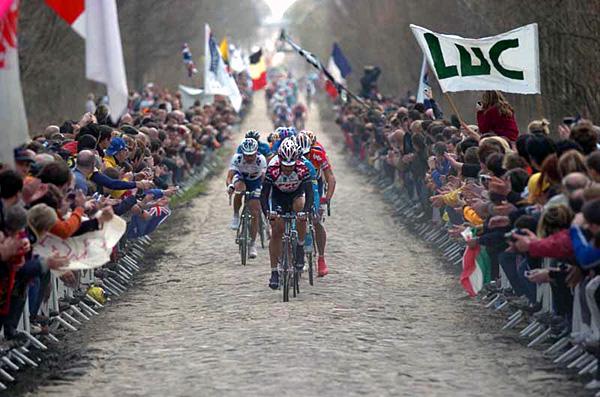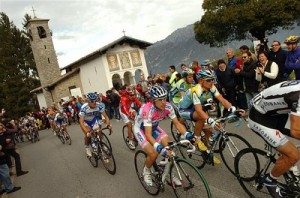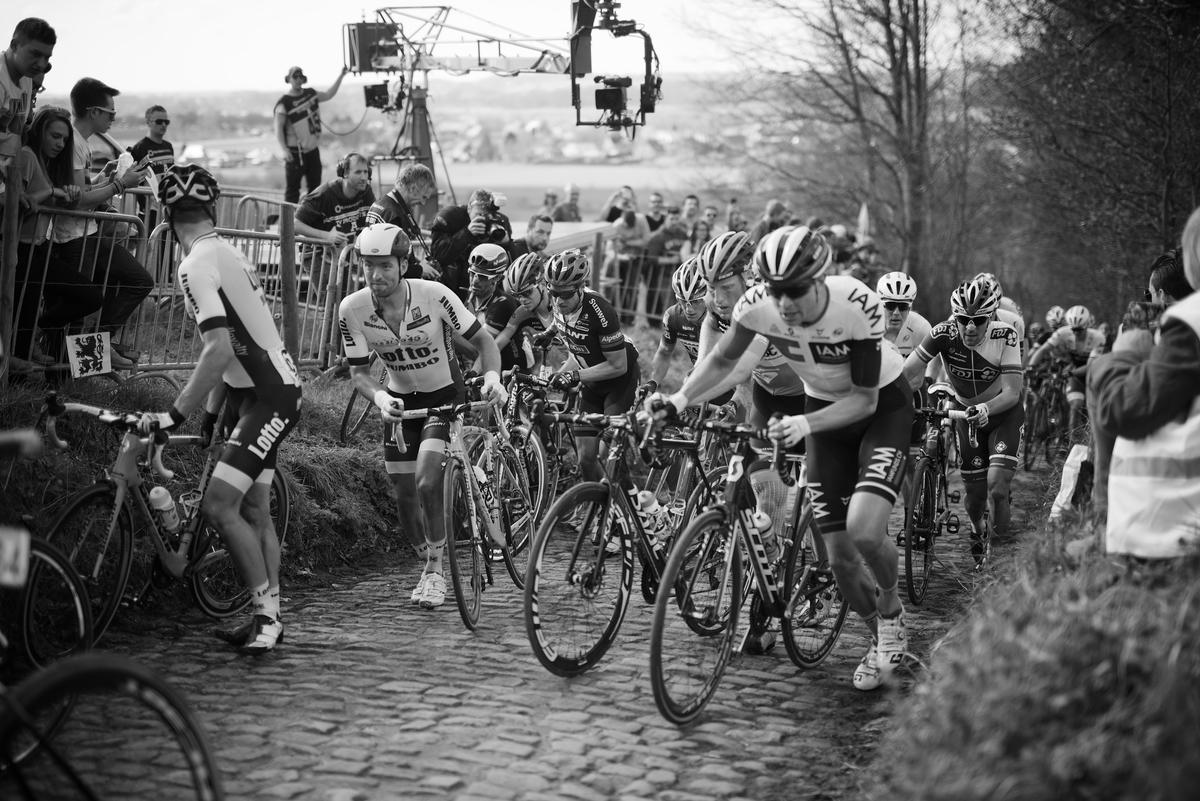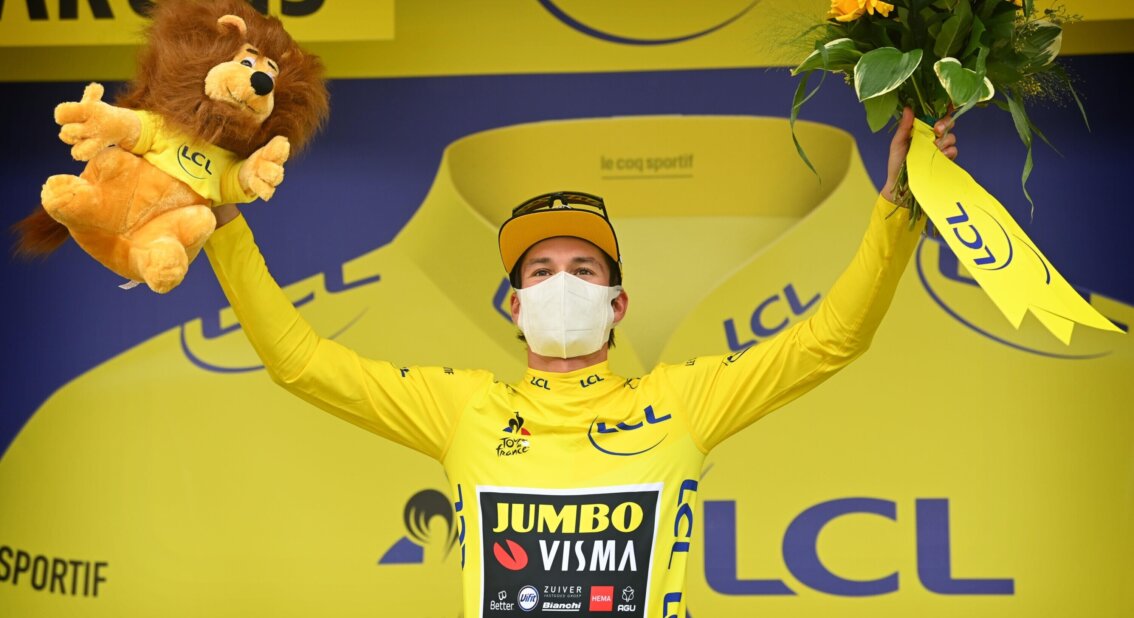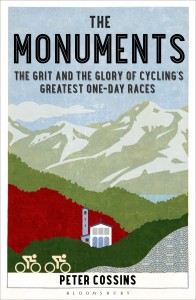 When Mark Cavendish rolls over the start line in Milan in a few weeks’ time, he might pause to consider that however bad conditions might be over the next 293km to Sanremo – last year it was cold and wet – he’s unlikely to encounter the sight of riders swigging neat brandy, swallowing eggs and chewing on grass in a doomed attempt to stave off fatigue over the frozen Turchino, dubbed the ‘pass of death’.
When Mark Cavendish rolls over the start line in Milan in a few weeks’ time, he might pause to consider that however bad conditions might be over the next 293km to Sanremo – last year it was cold and wet – he’s unlikely to encounter the sight of riders swigging neat brandy, swallowing eggs and chewing on grass in a doomed attempt to stave off fatigue over the frozen Turchino, dubbed the ‘pass of death’.
This was the scene the eventual winner of the 1910 Milan-Sanremo, Eugene Christophe, witnessed in 1910, part-way into a 12h 24m marathon which La Gazzetta called “not a race as such, but a demonstration of the… specialist qualities needed to fight against the fury of the elements.” It’s just one of the evocative nuggets of cycling history Peter Cossins uncovers in his comprehensive history of the sport’s five legendary one-day races, otherwise known as The Monuments.
Milan-Sanremo is the first in the calendar, swiftly followed by the Tour Of Flanders in April, the iconic ‘hell of the north’ that is Paris-Roubaix and, at the end of the month, the oldest of them all, Liege-Bastogne-Liege. And then, once the grand tours of Italy, France and Spain have grabbed all the headlines, there’s one last Monument in October, Il Lombardia, or La Classica delle Foglie Morte. Somehow, calling it The Tour Of Lombardy seems just a little prosaic for a race that takes in the Madonna del Ghisallo chapel overlooking Lake Lecco, where Faustino Coppi’s Tour de France-winning bike from 1949 hangs on its walls. As Cossins writes, it’s not only the most famous point in the final great classic of the season, it’s the most beautiful, with “views stretching up the blue waters of the lake to snow covered peaks on Italy’s northern border”.
Cossins’ exploration of Il Lombardia is the third chapter in The Monuments, rather than the fifth – he chooses to chronicle the races in historical order. That’s a shame in one sense as the length of this endeavour means it’s best enjoyed dipped into, as a companion to the next Monument in the calendar, rather than read cover-to-cover. The great stories he uncovers – such as 1920 Liege-Bastogne-Liege winner Leon Scieur being handed a cup of coffee by a seemingly benevolent fan, only to find it had been laced with arsenic – tend to get suffocated in the sheer accumulation of facts, anecdotes and history.
That’s the paradox here – the research is so good, The Monuments can sometimes feel like a very good cuttings job. Cossins clearly has passion for the subject, but it doesn’t quite come across in the writing. One of last year’s very best cycling books was Max Leonard’s Lanterne Rouge, which managed to combine first person testimony with sweeping cycling history. While it is interesting to discover how the professional riders overcome the fearsome cobbles of the Arenberg Forest during Paris-Roubaix (as fast as they can, it transpires), it’s not quite enough to learn amateurs find it “bone-jarring”. That much is obvious.
Still, Cossins visiting each race and perhaps riding some of its famous sectors is a different book. The Monuments delivers on its promise, detailing the grit and the glory of cycling’s greatest one-day races – and confirming that it takes a very special kind of rider to win one. Even if they swallow energy bars rather than eggs and grass, these days.
The Monuments: The Grit And Glory Of Cycling’s One Day Races (Bloomsbury) is out in paperback now.
